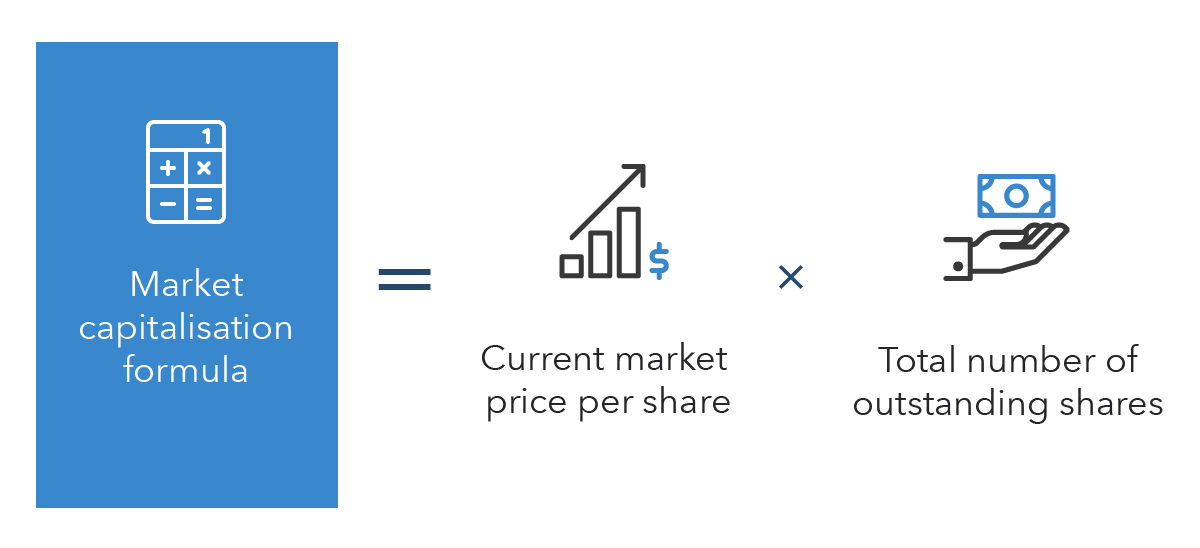View Full Transcript
Episode Transcript
[00:00:00] Greetings ladies and gentlemen, crypto traders worldwide informational piece to cover real quick around the conversation of market cap because there's a lot of people that still don't understand it and there are other measures that are coming into play in addition to a measure specifically that might be inflated and could be perceived as yet another yellow or even red flag to sort written tokens being potentially a rug pull or a pump and dump, and you should be aware of what all these things mean. The challenge is that if you're not invested in it, if you're not watching it, if you're not paying close attention to it, I can tell you these things and it can go in one ear and out the other. I'm hoping most of the people that hear this are taking some sort of notes using Microsoft, OneNote or otherwise. They've got to keep tabs on some of these different things because they are important.
[00:00:52] I talked about the idea of market cap. I talked about the fact that market cap is a straight over calculation and it only refers to the circulating supply. That meaning the supply that is currently being bought and sold and the current price of the token in the market and what it's going for, which derives a number which is usually used to just simply quantify the perceived value of the token. That's market cap at a basic level. If you're looking at Coingecko or coin market cap more so coin market cap, you've probably seen a field, and there's other places that do too, but you've probably seen a field that says fully diluted, diluted market cap and you've wondered what the heck is that number? Because I like it a lot more than I like market cap.
[00:01:44] It's actually easy. It's another straight over calculation and you probably already know the answer. You just don't realize it. Because if market cap, per my previous update, is based on circulating inventory, fully diluted diluted market cap is based on total inventory. Here's where they deviate with fully diluted market cap.
[00:02:16] The number is assumptive and predicated on the idea that all tokens had been purchased. So think of it as truly a cap. That means you can use market cap and fully diluted market cap together to give you a range of value. If that makes sense, your market cap is as of right now, this is what we're seeing. It could go up, it could go down. It's going to fluctuate based on the value of trade as it's happening for the circulating supply and the transactions that are happening fully diluted market cap is if in a perfect world, we sold the very last token today at a current price point, that price is not going to change, because now, in this imaginary world, we are no longer transacting. Thus the price is no longer fluctuating. If we were to freeze that price right now and do the straight over multiplication across total inventory of tokens, what would that number be? And that's your fully diluted market cap, meaning this is the most that we see in its valuation. So we can use the two numbers as a reasonable range of value, sole purpose being to compare the value, perceived value, of the token across other coins and tokens, so that when we make a decision to invest in it, it at least tells us something. No, it's not a perfect number, because again, we haven't sold all the inventory. If we did sell all the inventory, yes, it's going to hit a peak, but the value of that per token price is going to go up. Per scarcity, that means it's constantly expected to climb. However, if you had a mass sell off, it's going to increase circulating inventory. Thus the value is going to go down. Thus the market cap and fully diluted market cap will go down, because you don't know if it's going to go up to the moon, as it were, or it's going to crash and burn. The number should not be trusted as a be all, end, all definitive absolute. It rather should be used as some sort of an estimation to try to quantify the value of the token as part of your portfolio. It doesn't mean that's all the money that's available. It doesn't mean that that's all the money that's in liquidity. And I'll talk about liquidity on a different update. It doesn't mean anything except that you have something to look at to kind of give you a sense of where we're at at the peak. Assuming all tokens were sold today at the final price, this is what that number would be. However, as you know, that number per token is constantly in flux. So it's going to either go up or it's going to go down. Scarcity is going to cause it to go up.
[00:05:17] Excessive volume is going to cause it to go down.
[00:05:20] A loss of transactions, meaning nobody's trading it and everybody's holding it, but there's still a bunch that have not been traded is going to cause it to basically flatline. So you're never going to be able to use that number to say, all right, the most it's going to be is 4 billion and call a day. No, it could go up to 10 billion, it could go up to 50 billion, it could go up to 100 billion, it could go up to a trillion. We just don't know.
[00:05:46] It depends on what people are willing to buy and sell the token for, which is based on the demand, which is based on the perceived value of that token. So I know that's weird, because you're like, why can't I trust any of these numbers? You can, but you should use them as a tool, not as a definitive, not as a decisive, not as an absolute, but rather a tool as part of your portfolio to determine the perceived value and popularity of a given token, and use these two metrics together to determine a range of that value and popularity. Your regular market cap is as of right now, if I were to take the number based on circulating supply, what am I looking at in terms of market cap? Meaning how much money based on its perceived value is moving around? My fully diluted is okay. Assuming that price per token, if I were to sell all of them, what's the very highest it would go? As of right now, that number is going to change constantly. I would argue probably on a weekly basis. At minimum, you're going to see fluctuations. This is why you can have a token like a Saitama, where it first got to a billion, then it got to 2 billion, then it got to 3 billion, then it got to 4 billion, because its price per token is currently on the trend up. So the market cap necessarily is going to trend up, both market cap and fully diluted. Here's your test. Here's your homework, is to go back to your portfolio and look at the current value, meaning your current market cap for your token. And I would suggest you use Coinmarketcap.com for this, because this is the easiest to interpret the results. Then compare that to fully diluted market cap. If your token is one that has been around for a while, let's say bitcoin, you should see a pretty close correlation between those two numbers. The problem is that as we've seen with something like a bitcoin, it is so volatile that it might actually be wider than you think it is. But for most tokens that are at near capacity, or they're getting a raw scarcity to it, you should see that these numbers are starting to get closer together as it starts to level itself out to get a true value in its quote unquote final market cap. Not truly final, because as we know, the number is constantly moving and there isn't a single one that is completely out of inventory because there's always buy and sell behavior. Buy and sell behavior is natural. It's healthy for any token, because that's a free market, is that there's always somebody who wants to buy. There's always somebody who can sell supply and demand. Because we have this, it means that we should be able to put some value to that popularity. How much is really transacting? How many people are really willing to pay higher rates? And where are we seeing those rates go? That's your market cap. Contrast with fully diluted market cap is between that range somewhere. This is roughly the value, perceived value, popularity, whatever you want to call it, of a given token or coin as part of your diverse portfolio. Hopefully that helps. Hopefully it clarifies a little bit for people who are confused.






